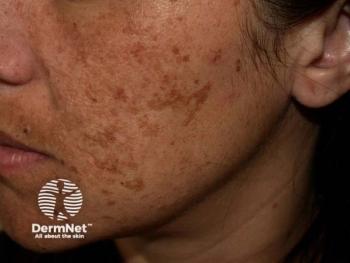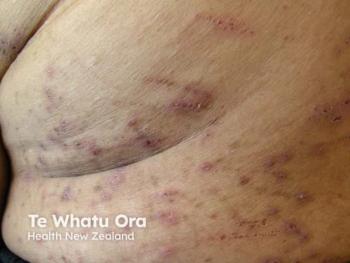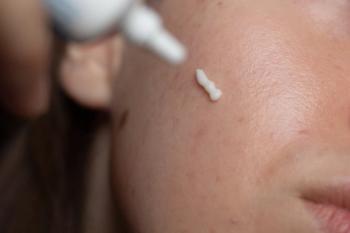
Scratching the Itch of Pruritus With Adam Friedman, MD
Key Takeaways
- Differentiating between an itch causing a rash and a rash causing an itch is essential for treatment direction.
- A focused initial lab workup, including CBC and metabolic panel, is recommended to identify underlying causes.
DERM 2025 featured tips and tricks for a thorough pruritus diagnosis and treatment strategy from Adam Friedman, MD.
"Is it an itch that rashes, meaning you are manipulating the skin by scratching and now create visible change, or is a rash that itches a primary skin disease that is pruritic?"
With that in mind, Friedman, who is professor and chair of dermatology, and director of translational research at The George Washington University School of Medicine & Health Sciences, takes an organized approach to determine what is driving the disease. "Think about the big things, the big systems," he said in an interview with Dermatology Times. He recommends starting with a very focused initial lab workup that includes a CBC and comprehensive metabolic panel.
Friedman also considers issues with the kidneys, the liver, and even the thyroid.
"Do not forget, pruritus can be a presenting sign of many different flavors of malignancy, probably best known would be lymphoma," Friedman added. Thus, he suggested considering a chest x-ray in the right circumstances.
Then think about other dermatological disorders, like bullous pemphigoid, which can present as pruritus.
"Certainly looking for some pathognomonic features on the patient, which means just because they say, 'Oh, I itch all over and have no rash,' it doesn't mean you're not going to look that patient head to toe," he advised.
"When it comes to treatment, be aggressive and layer cake," Friedman told Dermatology Times. He explained there are both over the counter and prescription options that can be used.
"Probably the hottest thing out there are going to be your topical JAK inhibitors and PD-4 inhibitors, both of which have unique influence on sensory neurons," he said. "And then systemically, the take home is take a little from aisle A, take a little from aisle B. Meaning: Go after neuropathic or nerve targeting therapies like SSRIs, gabapentinoids, in combination with anti-inflammatories."
There is a "litany of biologics" that target key cytokines or receptors that drive inflammation and the sensitization of those neurons, Friedman added.
Ultimately, Friedman advocates for using a thoughtful, strategic approach to determining what the itch is will also help marry the itch to the treatment. "Be creative, ask lots of questions, don't forget to look, and absolutely climb the therapeutic ladders that focus on the nerves and inflammation," he said.
Reference
1. Friedman A. Itch Break: Wiping Out Chronic Pruritus. Presented at DERM 2025 NP PA CME Conference; July 23-26, 2025; Las Vegas, Nevada.
Newsletter
Like what you’re reading? Subscribe to Dermatology Times for weekly updates on therapies, innovations, and real-world practice tips.


















